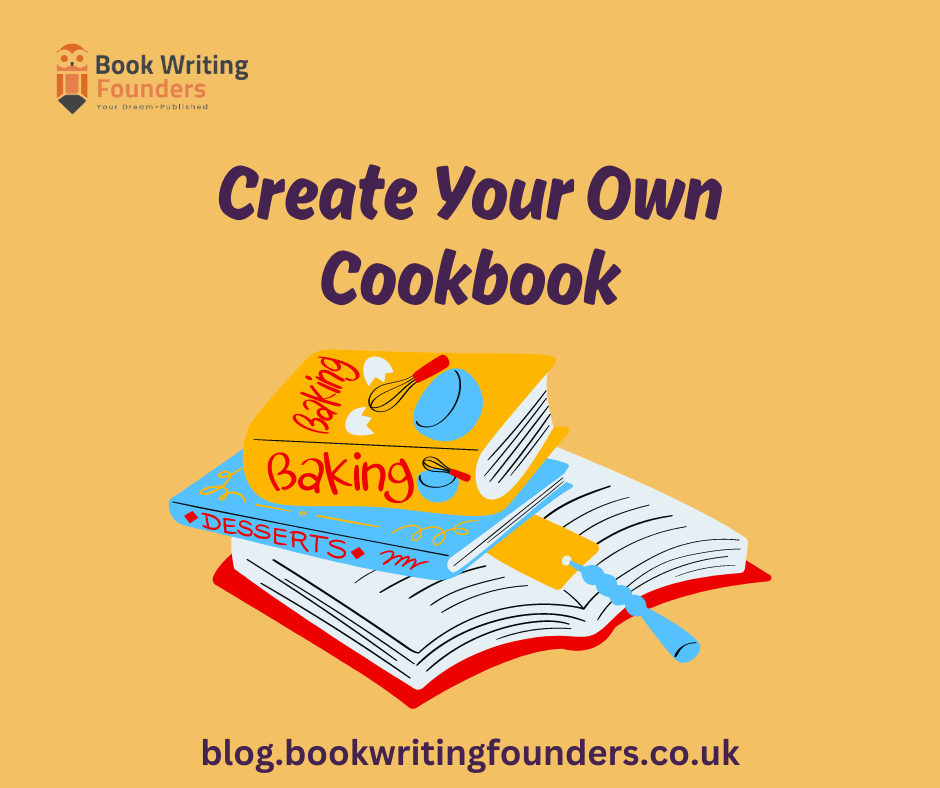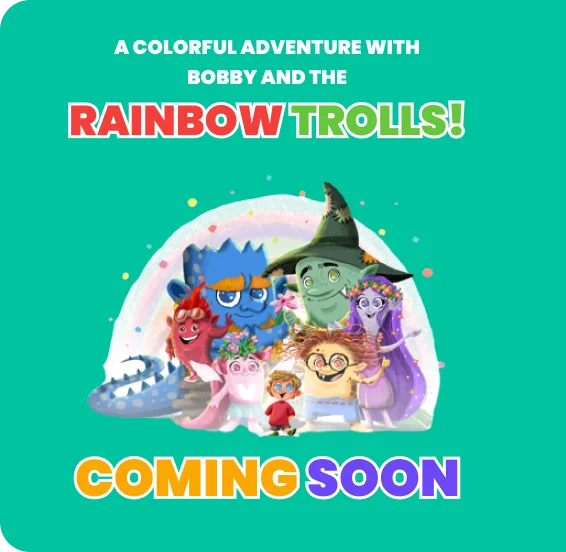
Book
Introduction
Making your own cookbook can be a satisfying and enjoyable thing to do. They say the kitchen is the most important part of a home, and having your cookbook makes it even more special. This article will discuss how to create your own cookbook and what difficulties you might face.
Benefits of Having Your Own Cookbook
One of the primary advantages of creating your own cookbook is the ability to add a personal touch to each recipe. Whether it’s a secret ingredient passed down through generations or a modification that suits your taste, your cookbook becomes a canvas for culinary self-expression.
A personal cookbook allows you to curate recipes that align with your dietary preferences and health goals. You can focus on incorporating nutritious ingredients and avoiding allergens, making your cookbook a valuable tool for maintaining a healthy lifestyle.
Creating your own cookbook cookbook is not just about sharing recipes; it’s about preserving your culinary legacy. Future generations can explore and enjoy the flavors that have been a part of your family’s traditions, creating a bridge between the past and the present.
Getting Started: Planning Your Cookbook
Before starting the recipe collection process, decide on the theme of your cookbook. It could be based on cuisine, dietary preferences, or a mix of family favorites. A clear theme will give your cookbook a cohesive and appealing structure.
Organizing Recipes by Categories
Consider categorizing your recipes for easy navigation. Whether it’s appetizers, main courses, or desserts, having a well-organized structure makes the cookbook user-friendly and accessible.
Setting Realistic Goals
Creating your own cookbook is a labor of love, and setting realistic goals is crucial. Decide on the number of recipes you want to include and establish a timeline that accommodates your schedule without compromising the quality of your work.
Gathering Your Recipes
Start by gathering recipes that hold sentimental value. Family favorites passed down through generations add a nostalgic touch to your cookbook and contribute to its uniqueness.
Trying Out New Recipes
Don’t be afraid to experiment with new recipes. This is an opportunity to add a modern twist to traditional dishes or discover new favorites. Keep an open mind and embrace the excitement of culinary exploration.
Documenting the Cooking Process
As you test and perfect each recipe, document the cooking process. Include precise measurements, cooking times, and tips or tricks that enhance the dish. This attention to detail will make your cookbook a reliable guide for readers.
Tools and Resources
Take advantage of online recipe platforms to explore and organize your recipes. These platforms often provide features for categorization, making it easier to manage your collection.
Consider using customizable cookbook templates to maintain a consistent and professional look throughout your book. Many online tools offer templates tailored to your theme and style.
Using Food Photography for a Visual Appeal
Enhance the visual appeal of your cookbook by incorporating food photography. High-quality images of your dishes can entice readers and provide a visual guide to complement your written instructions.
Organizing and Editing
Carefully plan the layout of your cookbook. Arrange recipes logically, ensuring a smooth flow from one section to the next. A well-organized layout contributes to a positive reading experience.
Editing Recipes for Clarity
Revise your recipes to make them easy to understand. Use simple words, skip complicated terms, and give clear step-by-step directions that anyone can follow easily. When recipes are clear and direct, it makes your cookbook more useful. Consider teaming up with Professional Editing Services to ensure your writing is mistake-free.
Adding Personal Anecdotes and Tips
Infuse your personality into the cookbook by adding personal anecdotes and tips. Share the stories behind certain recipes, offer alternative ingredients, or suggest variations. These touches make your cookbook more engaging and relatable.
Embracing Technology
Consider creating a digital version of your cookbook. Digital formats offer interactive features, allowing readers to easily navigate, search, and bookmark their favourite recipes. This opens up new possibilities for reaching a wider audience. Think about making a video trailer for your cookbook! Video Book Trailers are like previews showing off your book’s best parts. They can get people excited to try out your recipes.
Sharing and Collaborating with Others
Take advantage of technology to share your cookbook with others. Whether through social media or collaborative platforms, sharing your culinary creations can lead to valuable feedback and a sense of community.
Incorporating Multimedia Elements
Explore the use of multimedia elements in your digital cookbook. Videos demonstrating cooking techniques or audio clips sharing additional insights can enhance the user experience.
Printing Options
If you prefer a physical copy, explore Custom Book Printing services specializing in cookbook production. Consider printing quality, binding options, and cost when choosing a printing service.
Designing a Cover That Reflects Your Style
Design a cover that reflects the theme and style of your cookbook. Whether a minimalist design or a vibrant illustration, the cover sets the tone for the entire book and should capture the reader’s attention.
Choosing the Right Paper Quality
Selecting the right paper quality is essential for a printed cookbook. Opt for a durable paper that can withstand frequent use in the kitchen while maintaining the clarity of text and images.
Review and Testing
Before finalizing your cookbook, thoroughly test each recipe in a real-world kitchen setting. Pay attention to cooking times, ingredient proportions, and overall flavor to ensure each recipe meets your standards.
Seek feedback from friends and family members who have tested your recipes. Their insights can help identify areas for improvement and ensure that your cookbook resonates with a wider audience.
Making Final Adjustments
Based on feedback and testing results, make any final adjustments to your cookbook. This could involve tweaking recipes, refining instructions, or making layout changes to enhance readability.
Publishing Your Cookbook
Consider the pros and cons of traditional publishing versus self-publishing for your cookbook. Traditional publishing offers wider distribution but may involve relinquishing creative control. Book Publishing Services provide more autonomy but require additional effort in marketing and distribution.
If you self-publish, develop a marketing strategy to promote your cookbook. Utilize social media, food blogs, and culinary events to generate buzz and attract potential readers.
Building an Online Presence
Create an online presence for your cookbook through a dedicated website or social media channels. Share behind-the-scenes content, cooking tips, and sneak peeks to engage with your audience and build anticipation for your cookbook.
Challenges and Tips
Writer’s block is common during the cookbook creation process. Combat it by taking breaks, seeking inspiration from other sources, and focusing on one recipe at a time. Not every recipe will turn out perfectly on the first try. Embrace failures as learning opportunities and use them to refine your recipes until they meet your standards.
Staying Motivated Throughout the Process
Creating your own cookbook takes a lot of hard work and commitment. Keep yourself going by celebrating every little success, getting support from people you care about, and thinking about the happiness you bring to others by sharing your cooking.
Showcasing Your Culinary Journey
Celebrate the completion of your cookbook by hosting a launch event. Invite friends, family, and food enthusiasts to sample your recipes and share your culinary journey’s excitement. Build anticipation for your cookbook by sharing sneak peeks on social media. Post tantalizing photos, teaser recipes, and behind-the-scenes glimpses to pique curiosity and attract followers.
FAQS
Can comic book artists design cookbooks?
Yes, comic book artists can create cookbook designs. Their creativity in illustration and layout can bring recipes to life with engaging visuals and storytelling. By blending their artistic skills with culinary content, they can produce visually appealing and thematic cookbooks that appeal to a wide audience.
How Long Does It Take to Create a Cookbook?
The timeline for creating a cookbook can vary depending on factors such as the number of recipes, the complexity of the dishes, and the publishing process. On average, it may take several months to a year to complete a cookbook from start to finish.
Can I Include Recipes from Other Sources?
When including recipes from other sources in your cookbook, it’s essential to obtain permission from the original creators or ensure that the recipes are in the public domain. Be transparent about the sources of your recipes to avoid copyright issues.
What Software Is Best for Designing a Digital Cookbook?
Several software options are available for designing a digital cookbook, including Adobe InDesign, Canva, and Blurb. Choose a platform that offers the features and customization options that align with your vision for the cookbook.
How Do I Protect My Recipes from Being Copied?
While preventing recipes from being copied entirely is challenging, you can take steps to protect your intellectual property. Consider trademarking your cookbook title or including a copyright notice on your recipes to deter unauthorized use.
Conclusion
Creating your own cookbook is a fun journey with many good things about it. It’s about saving family recipes and sharing your cooking with others. It shows how much you love food and telling stories. So, get ready, get your knives sharp, and let’s start cooking!





